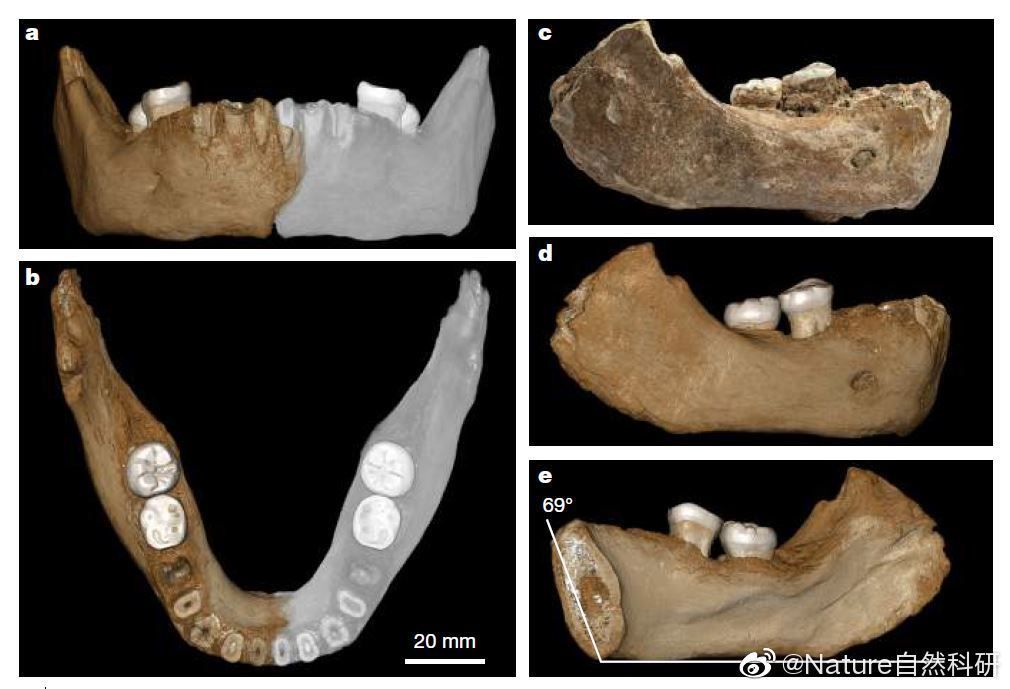LONDON, May 1 (Xinhua) -- A 160,000-year-old mandible fossil may indicate that Denisovans, an ancient hominin group, adapted to living on the Qinghai-Tibet Plateau long before modern humans even arrived in the region, according to a study published online on Wednesday in the journal Nature.

Photo: Miniblog of the journal Nature
"The mandible is by far the earliest known hominin fossil on the plateau," one of the authors of the study, Zhang Dongju, told Xinhua. He is an associate professor at Lanzhou University, China.
Denisovans are an extinct sister group to Neanderthals, known only from fossil fragments previously found at Denisova cave in Russia.
A team led by researchers from the Chinese Academy of Sciences, Lanzhou University and the Max Planck Institute for Evolutionary Anthropology (MPI-EVA), used ancient protein analysis to study the fossil, which is a hominin lower mandible that was found in a cave in Xiahe in China.
The team found that the mandible's owner belonged to a population that was closely related to the Denisovans.
These ancient hominins occupied the plateau in the Middle Pleistocene and "successfully adapted to high-altitude low-oxygen environments long before the regional arrival of modern Homo sapiens", according to Zhang.
"Our analysis paves the way towards a better understanding of the evolutionary history of Middle Pleistocene hominins in East Asia," said Jean-Jacques Hublin, director of the Department of Human Evolution at the MPI-EVA.


